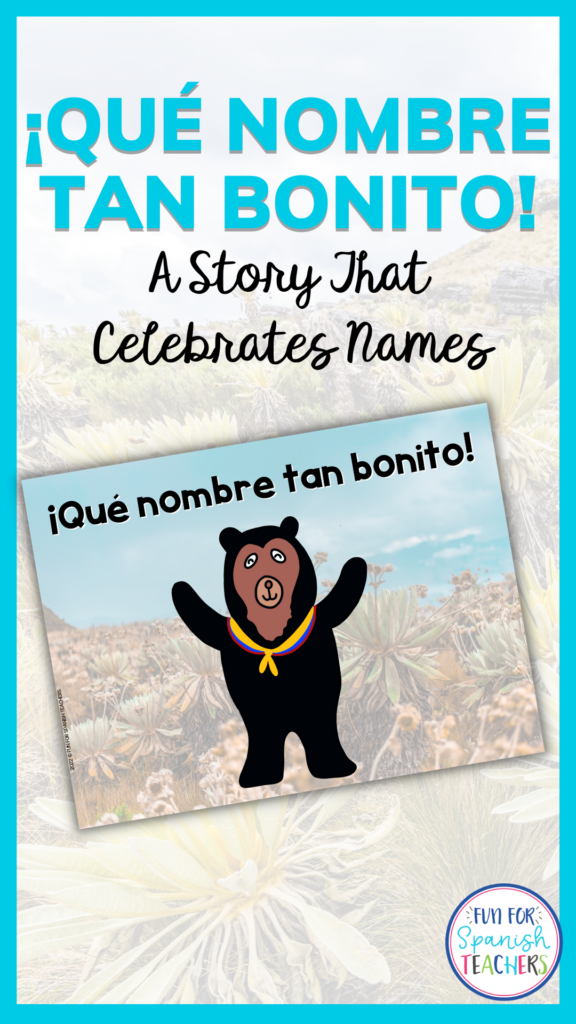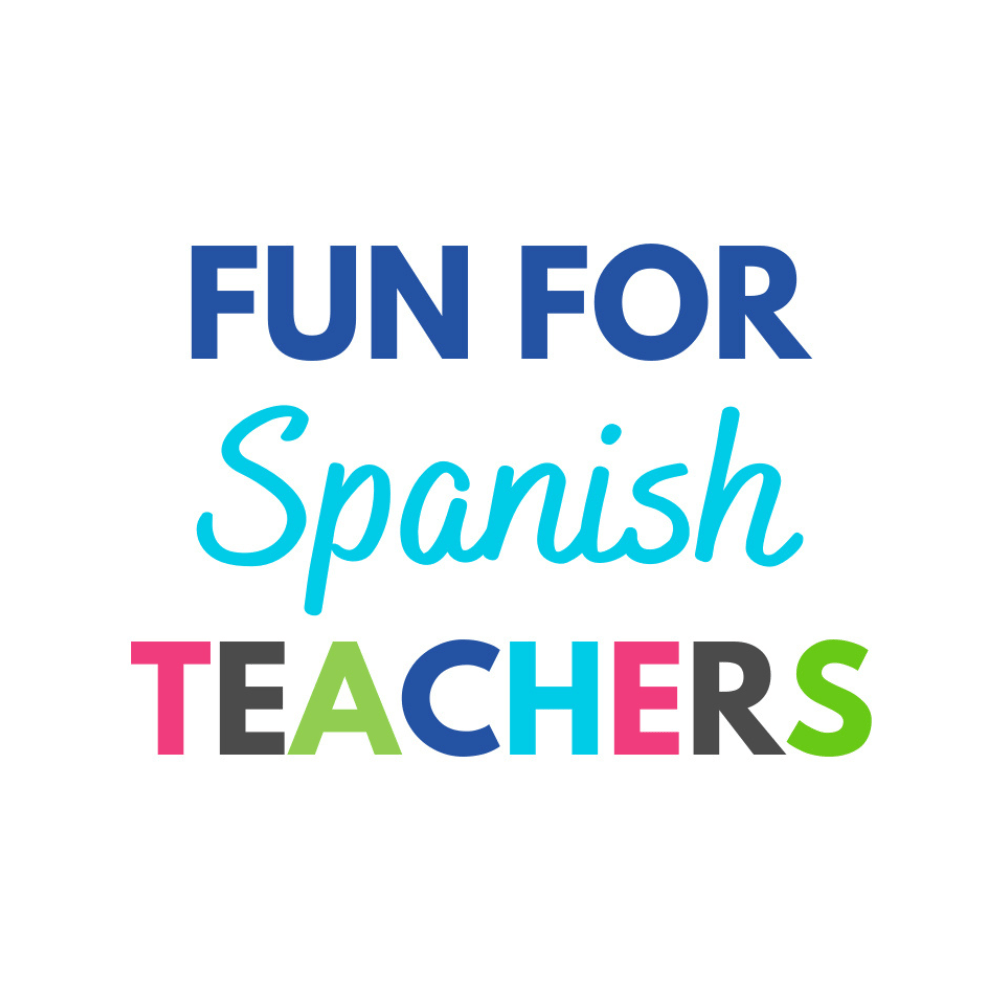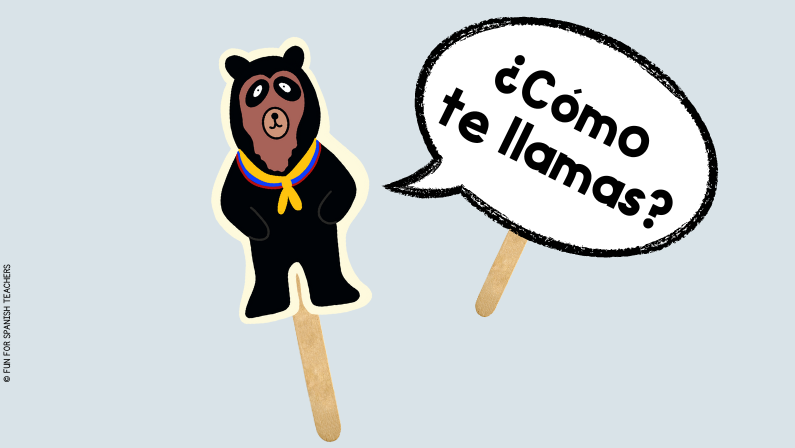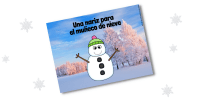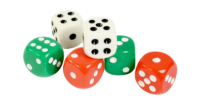This story can be used any time during the school year, however it is a good beginning of year lesson. The story focuses on high-frequency questions and structures such as “¿Cómo te llamas?” and “Me llamo.”
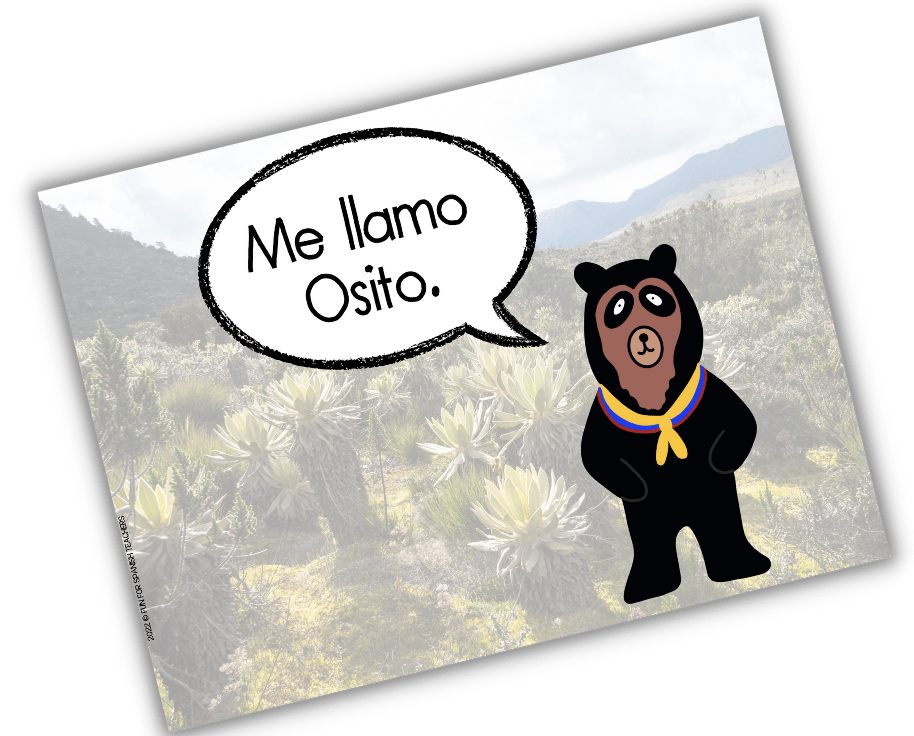
How to Start With This Story?
Start by introducing yourself, for example saying “Hola, me llamo_____”. I suggest you use a name tag with your name and point at it when introducing yourself to the class. Introduce Osito, the main character in the story by saying “Este es Osito. Se llama Osito, yo me llamo (your name)”, model it a few times and ask your students their names by saying “¿Cómo te llamas?” Your students might answer with just their name or using the sentence “Me llamo”. I have shared a few more name activities on my blog. Click HERE to read them.
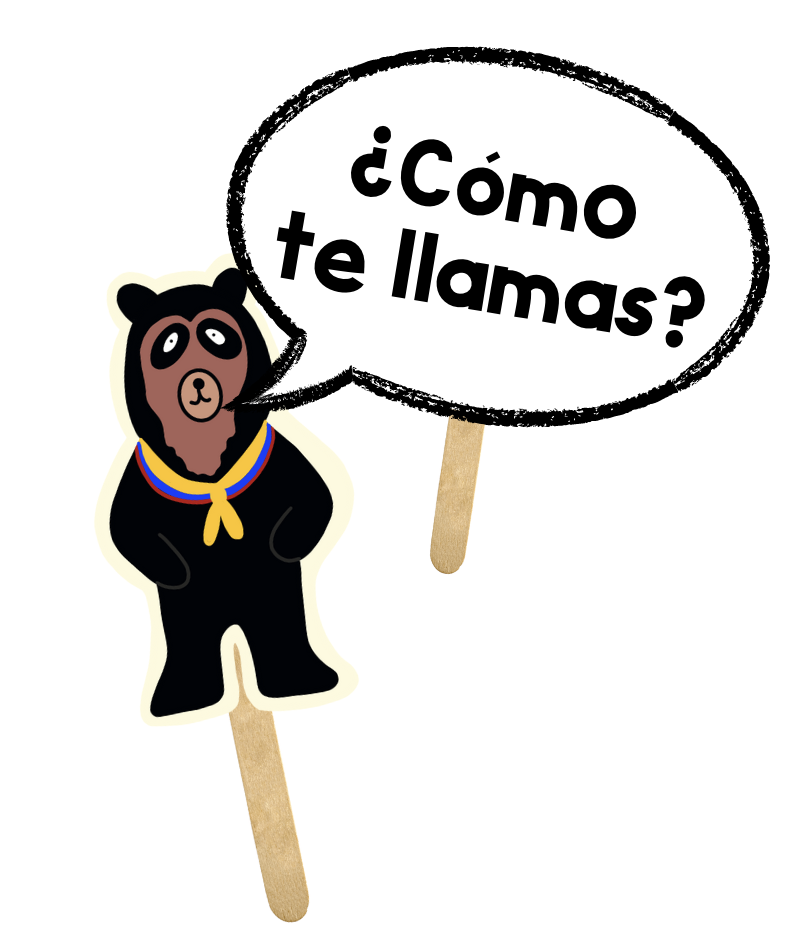
Before Telling the Story
You can either use the flashcards or props to introduce the characters. These are animals that live in the Andes and the story takes place in Colombia. Use the real pictures to match them to the illustrations so students can see how the real animals look. You may want to show short clips of the animals, but this is optional and can be done before or after telling the story.
Use the Flashcards to Play!
The Flyswatter
Place different flashcards on a table or the floor. Describe one of the flashcards. For example, It’s a big animal, its colors are black and white and it says “moo”. After the description, have one of your students tap or slap the right card using a fly swatter.
What’s missing?
Place 3 to 5 flashcards on a table or on the floor. Look at them with your students and name each of them. Have one of your students close his/her eyes while you hide one of the cards. Have your student open his/her eyes to guess the name of the card that is missing.
The jumping game
Place a line of flashcards on a table or the floor. Call out some of the vocabulary placed on the line and have one of your students jump next to the correct card.
Charades
This is a game of pantomimes. The rules for this game are simple. No words or pointing at anything, just acting it out for other students to guess. Choose one student to act out one of the animals. Have the student act out the animal and give students turns to guess. Whoever guesses first will become the next acting person.
Reverse Charades
Have a student close their eyes. Show a card to the class. The class will show the gesture for the animal. The student has to guess the name of the animal. Give that students two to three turns to guess. I usually help if they are having a hard time guessing. You can decide on the amount of turns or opportunities you give the student to guess.
Simon says
I like playing this game by replacing the name “Simon” with my name or the name of the student leading the game. Assign a sign, gesture or sound for each animal in the story. Have your students make a circle. You (the teacher) or one of the students should be the caller for the game. The caller has to say “______ dice, “Hay un oso” and everyone in class will do the gesture for oso. If someone does something different, then that person will be out. If the caller says “gua, gua, hace el perro” without saying “Simón dice” and someone still does the gesture, then that student will be out of the game. The game continues going until there is one player left. Most of the time I play this game without sending students out. It removes the stress over making mistakes.

Get Ready to Tell or Read the Story
You can project the story or print it to read it aloud to your students. Another idea would be to tell the story just using the props and then project or print the story to read it together.
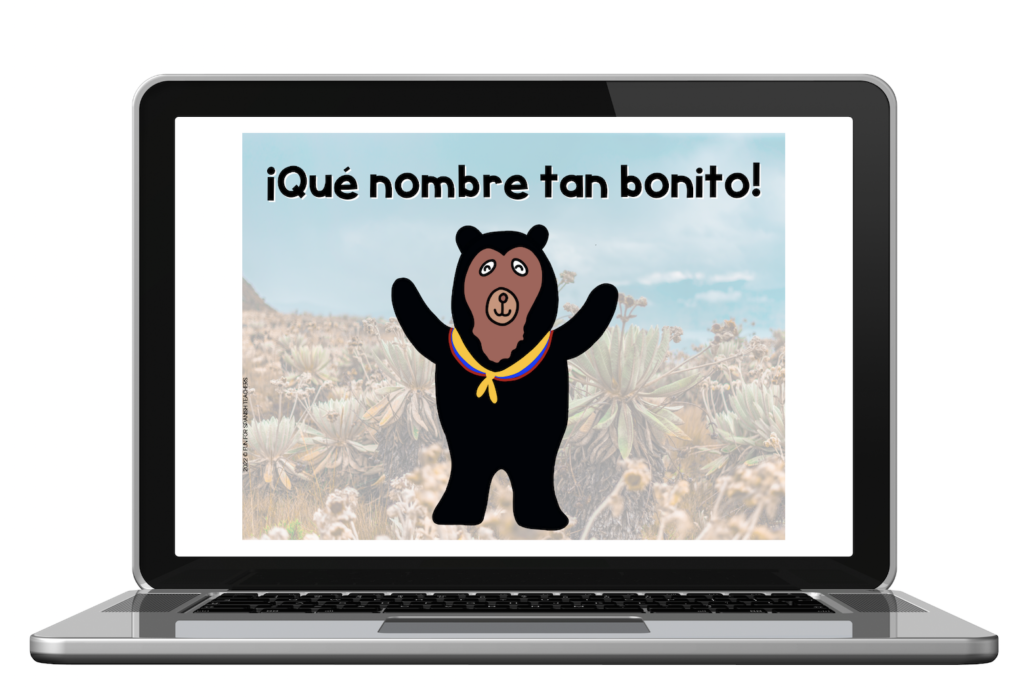
Class Survey
Ask your students about their favorite animal in the story. Count the results along with your class!

Act It Out
Print out the props and give turns to your students to act out the story. This is a wonderful way to provide repetition.
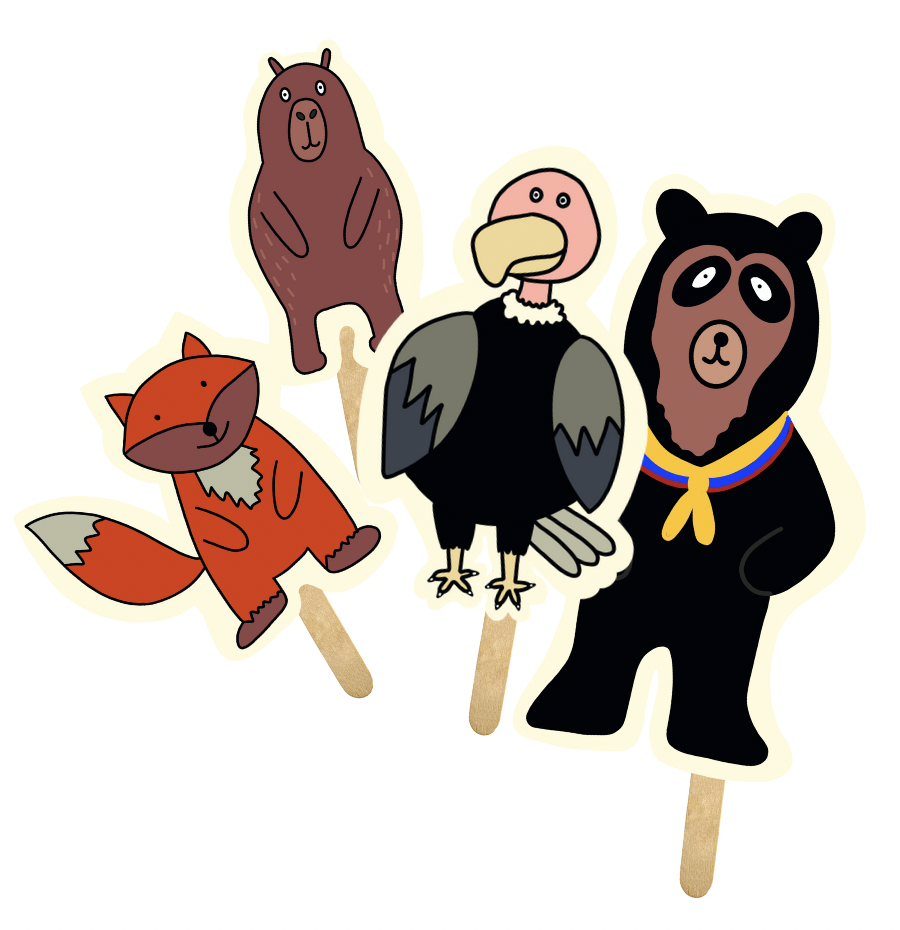
More Extension Activities
Mini- Book
Have your students color the mini books and take them to share with their families. No scissors are required for this mini-book. Just color and fold!

Name Tags
Have your students fill out and decorate their name tags. Depending on the time of the school year you might to keep them and use them to learn your students’ names and use them during class to give turns or play games!

These story is available on Teacher Pay Teachers:
Have fun!

